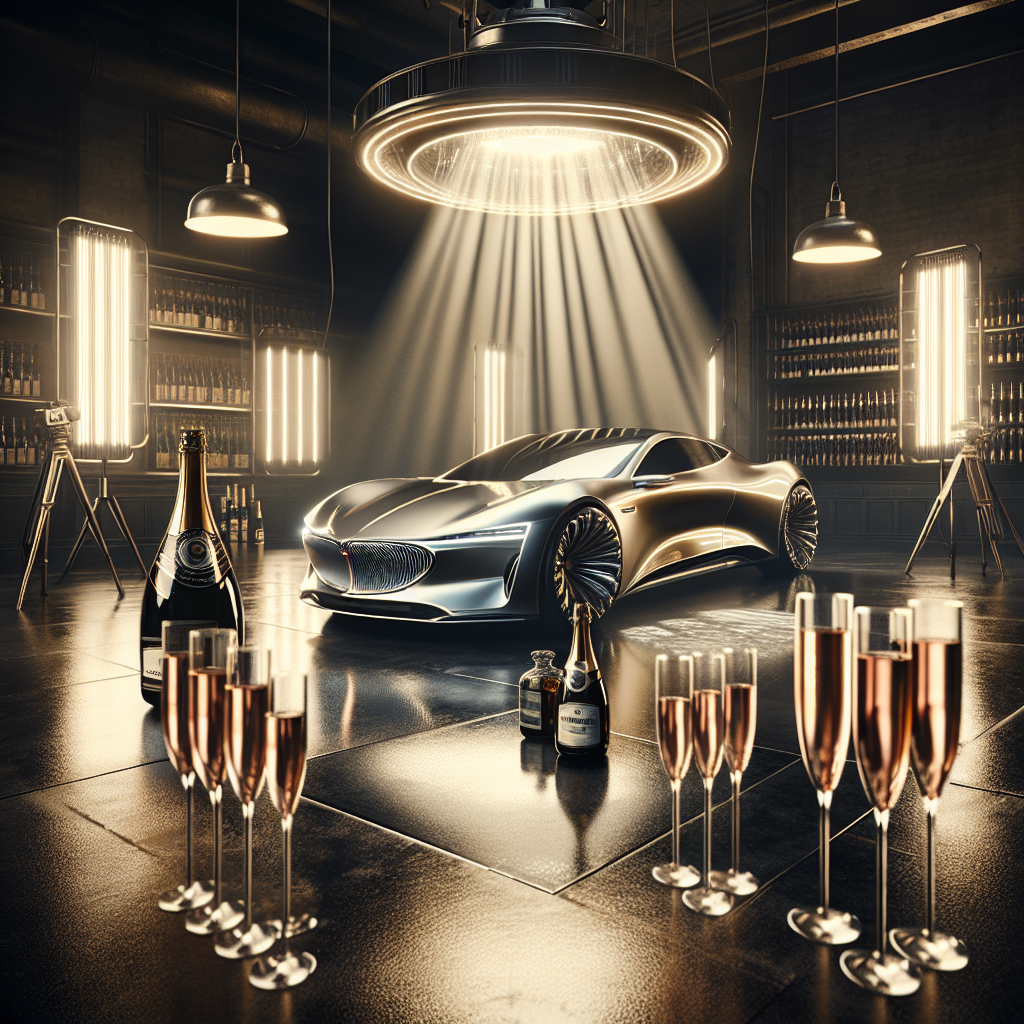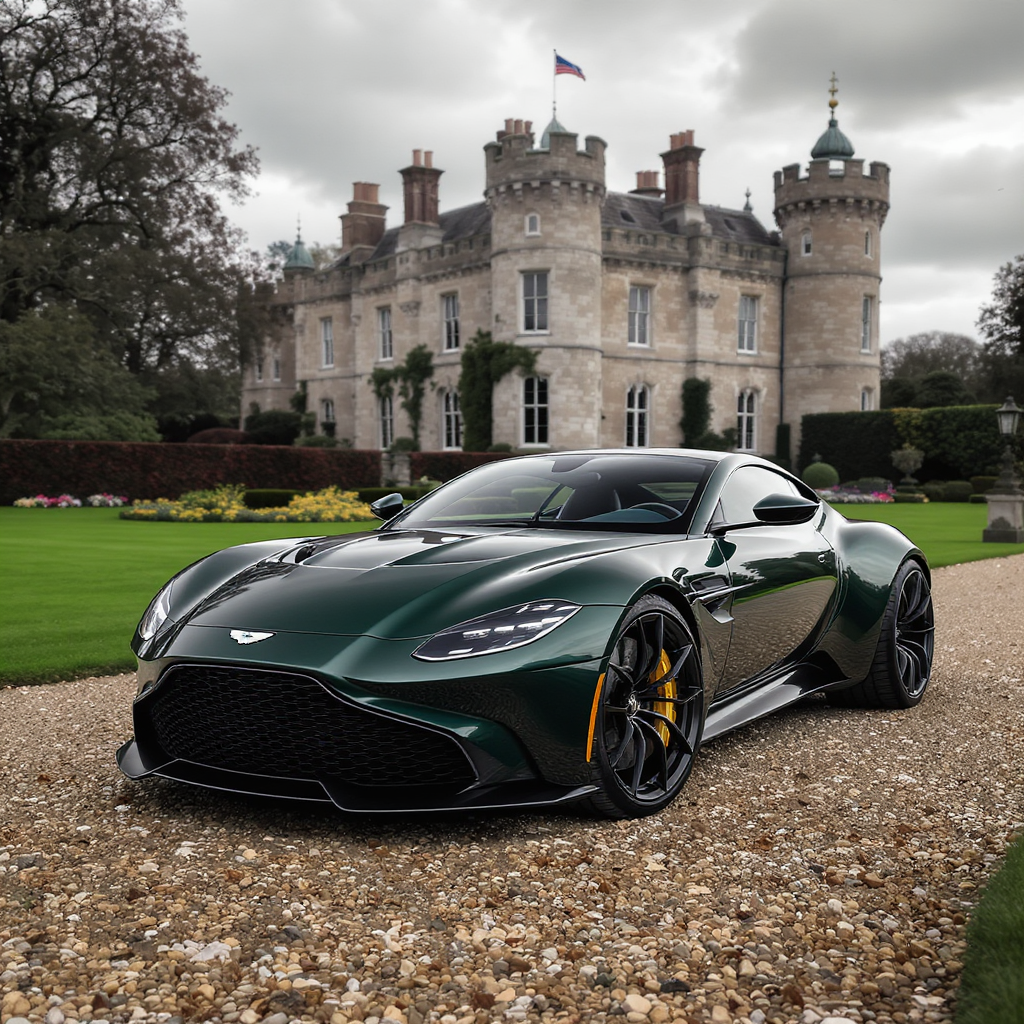
The luxury automotive sector is experiencing a dynamic period of strategic repositioning and product development, with premium brands pursuing diverse approaches to capture affluent consumers. From innovative retail concepts to delayed electric vehicle debuts and ultra-luxury pricing strategies, manufacturers are adapting to evolving market demands. Recent developments showcase both ambition and pragmatism as brands balance heritage with electrification, performance with exclusivity, and traditional showrooms with unconventional retail spaces. These moves reflect the industry's ongoing transformation as luxury marques seek to maintain relevance while preserving their premium appeal in an increasingly competitive marketplace.
Porsche is reimagining the luxury car buying experience by opening a retail location at Australia's largest shopping center, bringing sports cars directly to consumers during their routine shopping trips [1]. This unconventional retail strategy represents a departure from traditional standalone dealerships, positioning the brand alongside everyday retail experiences. The move suggests luxury automakers are exploring new ways to increase visibility and accessibility while maintaining their premium positioning in markets where foot traffic and consumer engagement opportunities differ from conventional automotive retail environments.
Jaguar has postponed the production reveal of its all-electric grand tourer from late this year to sometime in 2026, with pricing expected to start at $130,000 [2]. This delay in unveiling the vehicle that launches Jaguar's new era signals the challenges facing established luxury brands as they transition to electric powertrains. The substantial price point positions the upcoming model firmly in premium territory, reflecting Jaguar's ambitions to compete at higher market segments while navigating the complexities of developing next-generation electric vehicles that meet both performance and luxury expectations.
The ultra-luxury segment is seeing significant price escalation, with the 2026 Cadillac Celestiq now costing more than the Rolls-Royce Spectre as Cadillac works to recapture its status as a serious luxury contender [3]. Meanwhile, Toyota has officially launched its Century brand with a coupe concept targeting Rolls-Royce and Bentley buyers, positioning it as the "Pride of Japan" and marking Toyota's most ambitious luxury push since creating Lexus nearly four decades ago [4]. These developments demonstrate how both American and Japanese manufacturers are challenging traditional European luxury dominance with bold pricing and positioning strategies.
Performance remains central to luxury appeal, with Range Rover introducing the Sport SV featuring a 626-horsepower twin-turbocharged V8 engine [5]. The vehicle's BMW-sourced powerplant has already attracted aftermarket attention, with tuning specialist Manhart extracting 800 horsepower from the platform [6]. These high-performance variants underscore how traditional combustion engines continue to play a vital role in the luxury segment even as electrification advances, offering customers extreme power outputs that satisfy enthusiasts seeking both refinement and raw performance.
- You can now buy a Porsche at Australia's biggest shopping centre
- Jaguar EV Grand Tourer Reveal Delayed to 2026, Will Start at $130K
- 2026 Cadillac Celestiq Now Costs More Than Rolls-Royce Spectre
- Toyota shows Rolls-Royce-rivalling Century Concept, the ‘Pride of Japan’
- Range Rover Sport SV is a 626-hp Brute in a Suit
- Manhart liberates 800hp from Range Rover Sport SV








